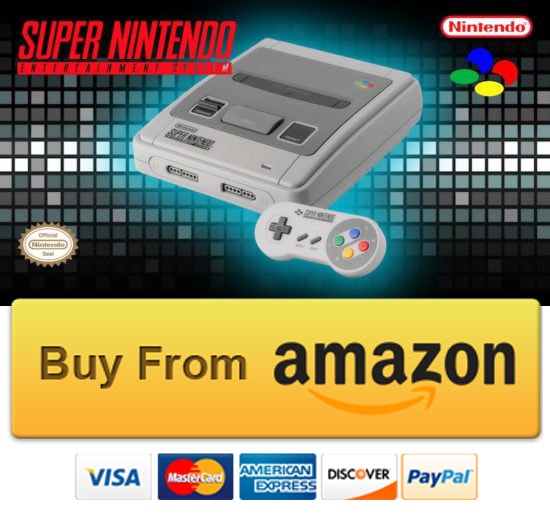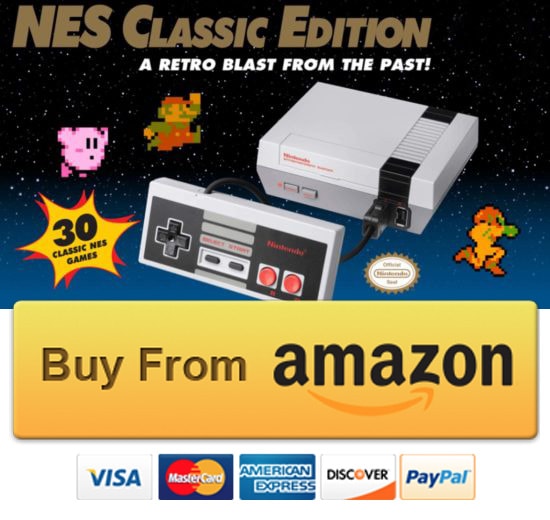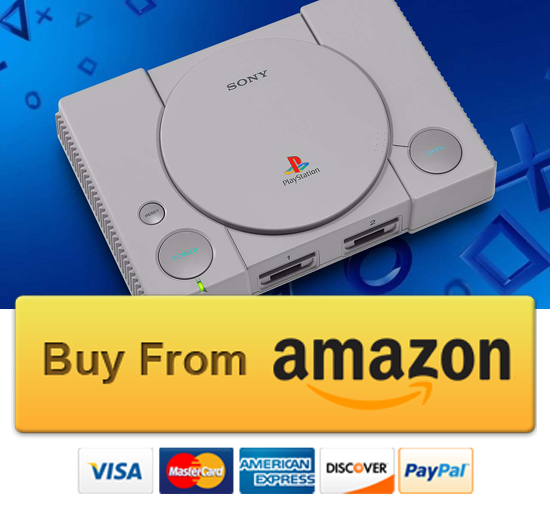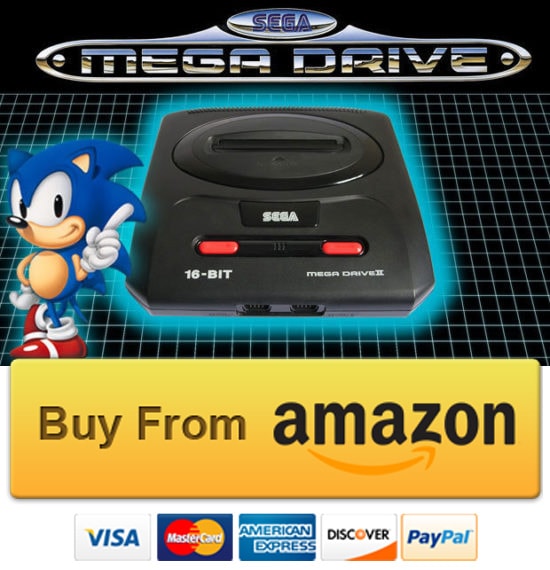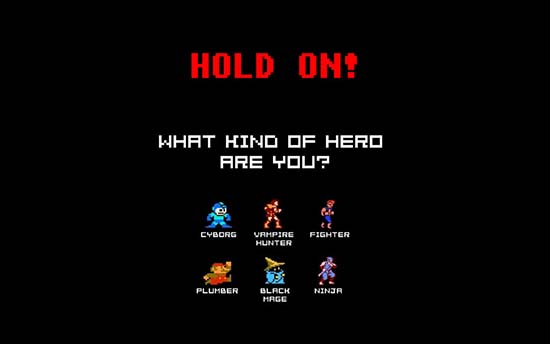CLICK TO READ MORE:VIDEO GAMES OF 1985 Video Games 1985: For the third Golden Joystick Awards (held in 1986), The Way of the Exploding Fist takes Game of the Year for 1985. The sixth Arcade Awards are held, for games released during 1983-1984, with Star Wars winning best arcade game. Space Shuttle wins the best console game, Ultima III: Exodus best computer game and Zaxxon best standalone game award. The final issue of Electronic Games magazine is published. Source Please scroll down to vote for your favorite video games of 1985. Thanks! Nintendo releases the Family Computer Robot, a peripheral for their Family Computer video game console in Japan. In the United Stated, Nintendo Entertainment System video game console is launched for a limited test market. Nintendo Entertainment System is the export version of the Famicom. It is packed along with the R.O.B. (Robotic Operating Buddy) peripheral to present the console as entertainment system. Meanwhile, Sega Mark III home video game console is launched in Japan. And ColecoVision is discontinued. INTV Corporation releases the INTV III console. Commodore releases their final 8-bit computer, the Commodore 128. Atari releases the 520ST, the first personal computer with a bit-mapped, color GUI. Commodore releases the Amiga personal computer. In addition, Atari replaces previous models in the Atari 8-bit family with the 65XE and 130XE, the latter of which has 128K bank-switched RAM. Sega releases the Sega Space Harrier arcade hardware (also known as Sega Hang-On). It is the first of Sega’s “Super Scaler” arcade system boards that allow pseudo-3D sprite-scaling at high frame rates. It displays 6144 colors on screen, out of a 32,768 color palette. Origin Systems releases Ultima IV: Quest of the Avatar. It popularizes the use of dynamic morality systems in computer role-playing games. Nihon Falcom releases Dragon Slayer II: Xanadu, a foundation for the action role-playing game genre. It is combining real-time action combat with character statistics. It also features gameplay elements such as a Karma morality meter, and proto-Metroidvania style exploration. Also, T&E Soft releases Hydlide II: Shine of Darkness. An early action role-playing game that also features an alignment morality meter. Brøderbund releases Where in the World is Carmen Sandiego?, the first game in the Carmen Sandiego series. Electronic Arts releases Racing Destruction Set. Elite Systems UK releases Roller Coaster, a platformer. It was the first video game to ever simulate fairground rides. Bubble Bus Software releases the arcade adventure game Starquake for several 8-bit computers. Tau Ceti is published in the UK. The Learning Company releases the first commercial version of The Oregon Trail on the Apple II. Also, Novagen releases 3D wireframe game Mercenary for the Atari 8-bit family. Namco releases Battle City for the Famicom (which is based on their older 1980 arcade game of Tank Battalion). Nintendo releases Super Mario Bros., which eventually sells 40 million copies, making it the best-selling video game of all time until 2008. It introduces Princess Peach (who was originally known as “Princess Toadstool”), Toad and Bowser to the Mario series. More than that, it features common enemies and powerups including Goombas, Koopas, Super Mushrooms (which were originally known as “Magic Mushrooms”), Fire Flowers and Starmen. As a result, it popularizes the side-scrolling platformer format. Meanwhile, Nintendo releases Duck Hunt for the Famicom. Konami releases Yie Ar Kung-Fu, which lays the foundations for modern fighting games. Tehkan releases Gridiron Fight, an American football sports game featuring the use of dual trackball controls. Atari Games releases Paperboy with a controller modeled after bicycle handlebars. Also, Namco releases Metro-Cross. Konami releases Gradius (a.k.a. Nemesis). Capcom releases Commando, a vertically-scrolling on-foot shooter which inspires many games with similar themes. Namco releases Baraduke (a.k.a. Alien Sector). Sega releases Hang-On by Yu Suzuki. It is the first of Sega’s Super Scaler games. You need to use your body to control your motorbike. It started a “Taikan” trend of motion controlled hydraulic cabinets in arcades, two decades before motion controls become popular on video game consoles. Namco releases Motos. Sega releases Space Harrier by Yu Suzuki and AM2. It further develops the pseudo-3D “Super Scaler” sprite-scaling graphics of Hang-On. It also features an analog flight stick for movement. With the ability to register movement in any direction and measure the degree of push, player could move character at different speeds. Depending on how far the stick is pushed in a certain direction. Atari Games releases Gauntlet. It is based on the lesser known Atari 8-bit game Dandy. Gauntlet is highly-profitable, letting players insert additional quarters for more health. Capcom releases Ghosts ‘n Goblins, originally titled Makaimura in Japan. It was one of the most popular arcade games of the year and went on to spawn a series of later games. Namco releases Sky Kid, a side-scrolling shooter allowing two players to play simultaneously. In addition, Tehkan releases Tehkan World Cup, which lays the foundations for association soccer games with an above view of the field. Composed By: Retroconsole xyz CLICK HERE TO VOTE Arcade By Capcom Amiga By Ozark Softscape Arcade By Atari Nintendo NESVideo Games 1985
Home Consoles 1985
Home Computers 1985
Arcades 1985

Computer Video Games 1985
Console Video Games 1985

Arcade Video Games 1985
Other Arcade Video Games 1985
Gaming innovations
Commando
Seven Cities of Gold
Gauntlet
Super Mario Bros.
Coming Soon
Coming Soon

